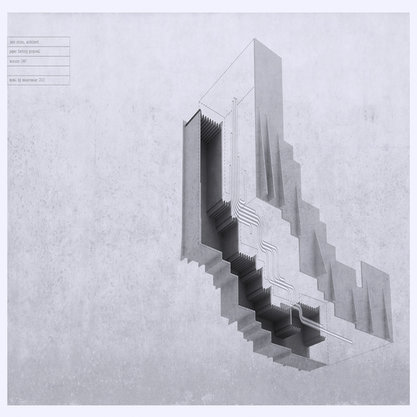Article
Bandung School By Rath , Amanda Katherine
Article
The Bandung School refers to one of the streams of modern art in post-revolutionary Indonesia. It is associated primarily with the art school in what is known now as the Institute of Technology Bandung (ITB), and encompasses the works of the first generations of its students, many of whom became its first Indonesian instructors. Forerunners of the school include Mochtar Apin (1923–1994), But Mochtar (1930–1986), Ahmad Sadali (1924–1987), Sudjoko Danoesoebroto (1928–2006), Syafe’i Soemardja, Srihadi Sudarsono (1931--), Popo Iskandar (1927–2000), and A.D. Pirous (1933--), all of whom attended the school during the 1950s. As lecturers, professors and exhibiting artists, they came to define a modernist and universalist approach to art practice and style. This ultimately clashed with nationalist critics during the 1950s, who contended that their work lacked an Indonesian soul and did not reflect Indonesian experience. During the early 1960s, the Bandung School was increasingly under pressure and marginalized by its ideological opponents, most notably from the Communist Party. However, with the sweeping political changes of 1965–1967, the Bandung School artists and their aesthetic philosophy came to prominence in the emerging New Order.


